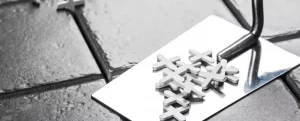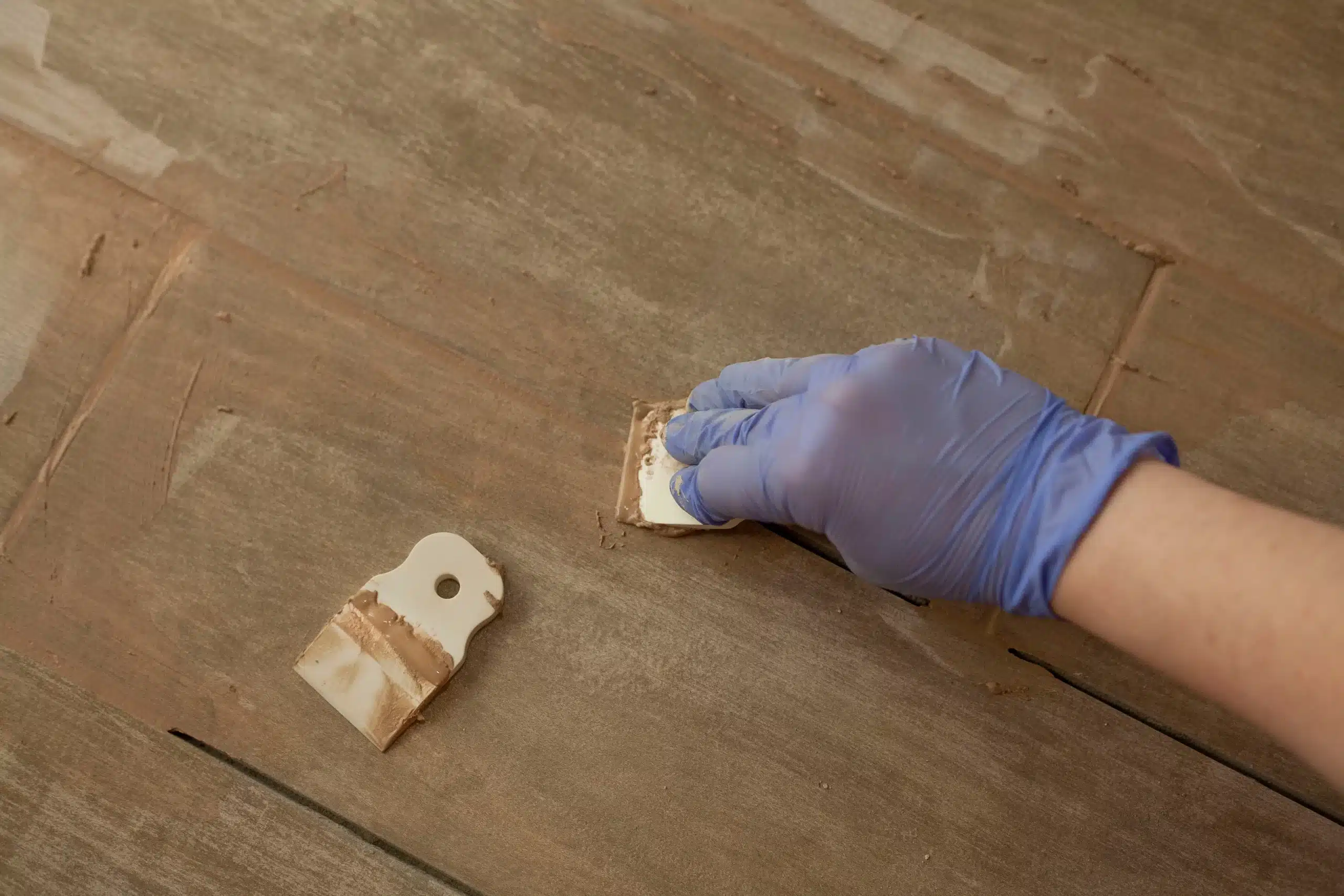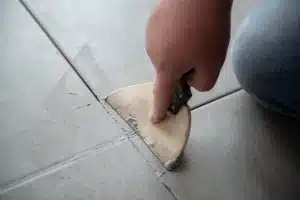
Menu
Edit
ADDRESS
Pidilite Industries Ltd,
Ramkrishna Mandir Road,
P.O. Box No. 17411,
Andheri (East) Mumbai – 400059
Check out the biggest trends of the season and our expert take on them.

Owing to its exceptional durability and resistance to typical problems like mold and mildew, epoxy grout for tiles has grown to be a preferred choice for both homes and businesses. This guide will lead you through the advantages, differences from conventional grout, and detailed directions for correct application if you are considering the best epoxy grout for your tiles.
Epoxy grout for tiles is a mixture of epoxy base and hardener components designed to offer a strong, durable bond between tiles. Epoxy grout is perfect for high-humidity places like bathrooms and kitchens since it is far more resistant to water, stains, and chemicals than conventional cement-based grouts. Its great qualities guarantee it won’t break or crumble, thereby preserving a long-lasting finish that keeps integrity throughout time.
Although they have the same main function, epoxy grout and cement grout have somewhat different properties. Made from a mix of sand and Portland cement, cement grout is reasonably priced and easy to apply. Still, it is less durable and more prone to discoloration and mildew development than epoxy grout.
Conversely, epoxy grout gives exceptional adherence and strength. It is a recommended choice for places prone to heavy use or exposure to demanding conditions since it resists stains, mildew, and chemical damage. Though epoxy grout initially costs more, its low maintenance needs and durability make it a wise investment over time.
Make sure the adhesive has totally dried and the tiles are firmly attached. Clear the grout joints of any moisture, extra glue, or trash. Steer clear of strong chemicals; wash instead with water or a gentle detergent.
Mix the epoxy resin and hardener following the manufacturer’s directions. Stir until a smooth, consistent paste forms, but be cautious not to overmix to avoid incorporating air bubbles.
Press the epoxy grout between tile joints with a rubber float or squeegee. Make sure the grout runs exactly with the tile edges. Using a damp sponge, remove extra grout right away in circular motions to avoid too much water, which can change the chemical characteristics of the grout.
Block off the area to stop damage during the setting period. To get any film off vertical surfaces, use a non-abrasive cloth. To guarantee a professional finish, do final cleaning and touch-ups within the advised time range.
A great option for obtaining a durable, low-maintenance, and visually acceptable finish is epoxy grout for tiles. Following these rules will help you to guarantee a good application and take advantage of the several advantages epoxy grout presents for your tiling projects.
Roff Starlike epoxy grout is best for durable tile finishes. Italian quartz technology makes this high-performance product durable and stain-resistant. Roff Starlike provides a flawless, waterproof seal that can endure high-humidity settings, making it ideal for kitchens and bathrooms in homes and businesses. Roff Starlike grout is durable, low-maintenance, and long-lasting.


